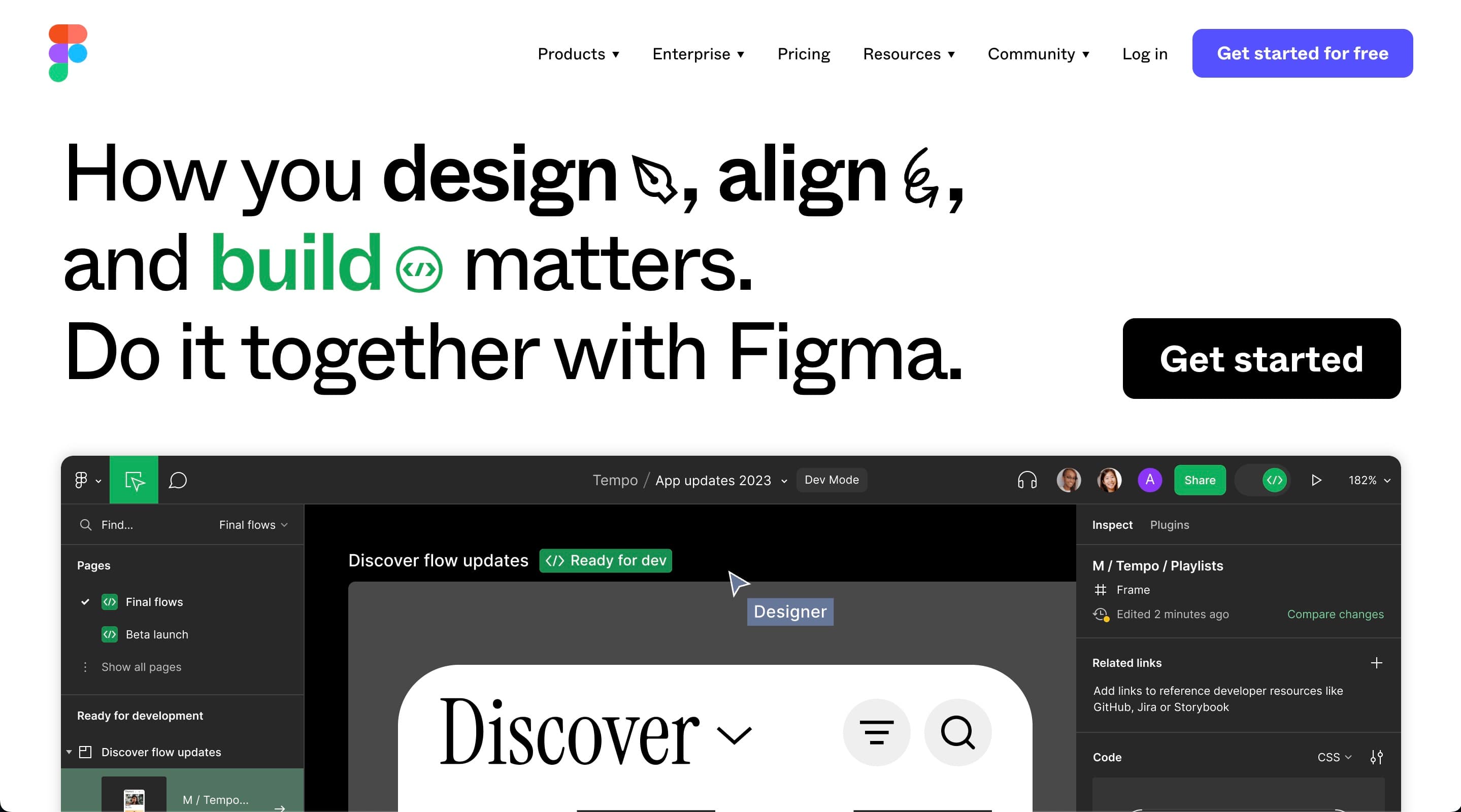Figma's Rise: Capturing the World of Design for Developers
by Carl, Founder
In the ever-evolving landscape of design tools, Figma emerged as a beacon of innovation, swiftly capturing the hearts and screens of designers and developers alike. But what catalyzed Figma's meteoric rise in the world of design?
From its inception, Figma was poised to challenge the status quo. Unlike traditional design tools that required hefty downloads and were often platform-specific, Figma offered a browser-based solution. This cloud-first approach not only eliminated the barriers of platform restrictions but also facilitated real-time collaboration. Designers could now work simultaneously on a project, witnessing changes as they happened, akin to the collaborative nature of Google Docs.

But Figma's allure wasn't limited to its cloud capabilities. Its intuitive interface, combined with powerful vector editing tools, made it a favorite for both seasoned designers and novices. The ease with which one could create, iterate, and share designs turned the design process into a fluid dance of creativity.
For developers, Figma was a game-changer. The tool bridged the often cavernous gap between designers and developers. With Figma, developers had direct access to design specs, assets, and even interactive prototypes. This seamless transition from design to development accelerated product timelines and reduced the back-and-forth that often plagued the design handoff process.
Moreover, Figma's robust plugin ecosystem further solidified its position. From tools that aided in accessibility checks to those that facilitated animations, the Figma community contributed plugins that enhanced the platform's capabilities manifold.
Yet, at the heart of Figma's success was its commitment to community and education. The company regularly hosted events, webinars, and tutorials, fostering a sense of belonging among its users. This community-driven approach, coupled with a product that continually evolved based on user feedback, made Figma more than just a design tool—it became a movement.

In retrospect, Figma's rise can be attributed to its visionary approach to design, its emphasis on collaboration, and its unwavering commitment to its community. In a world where design and development are increasingly intertwined, Figma stands as a testament to the power of innovation, collaboration, and community-driven growth.